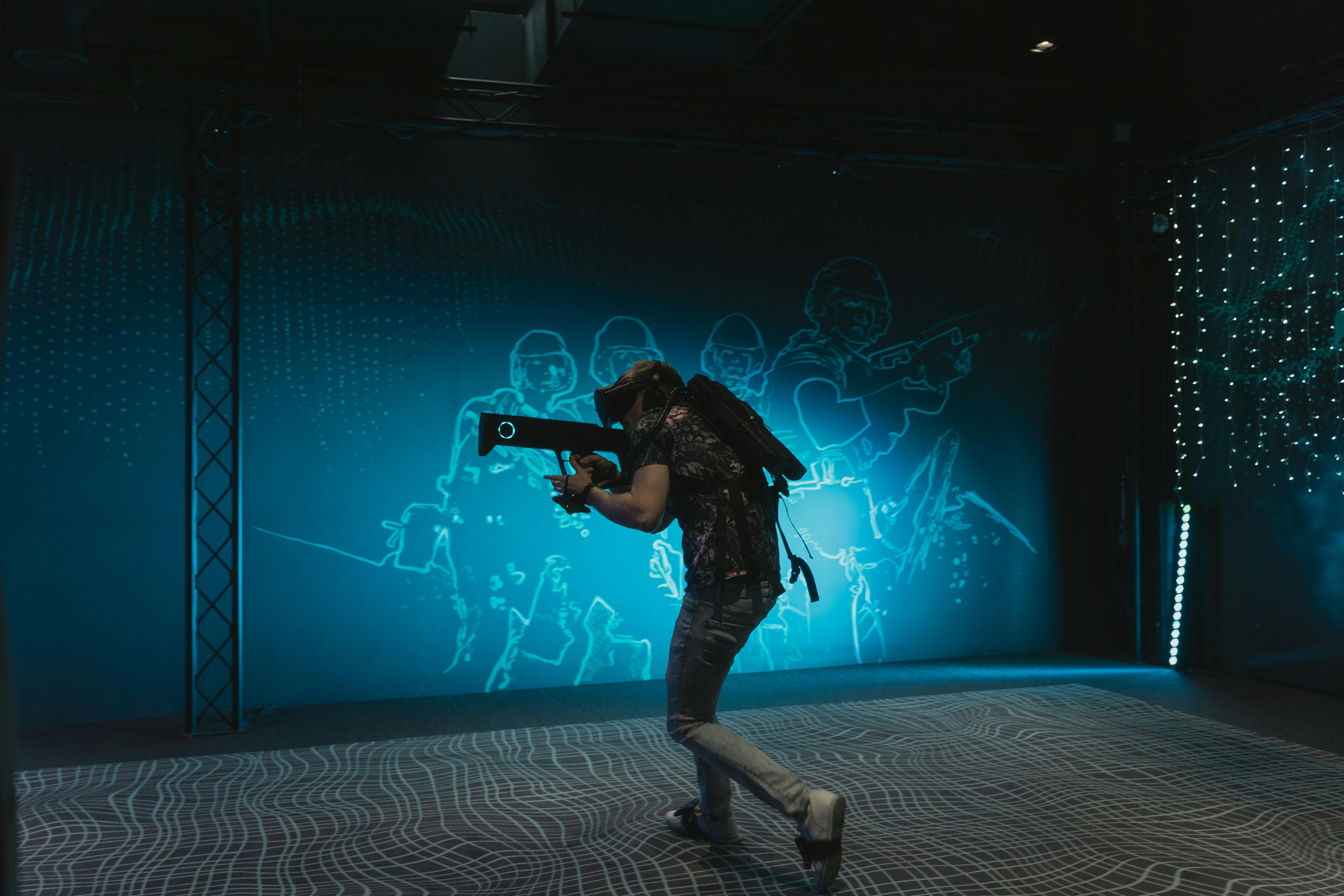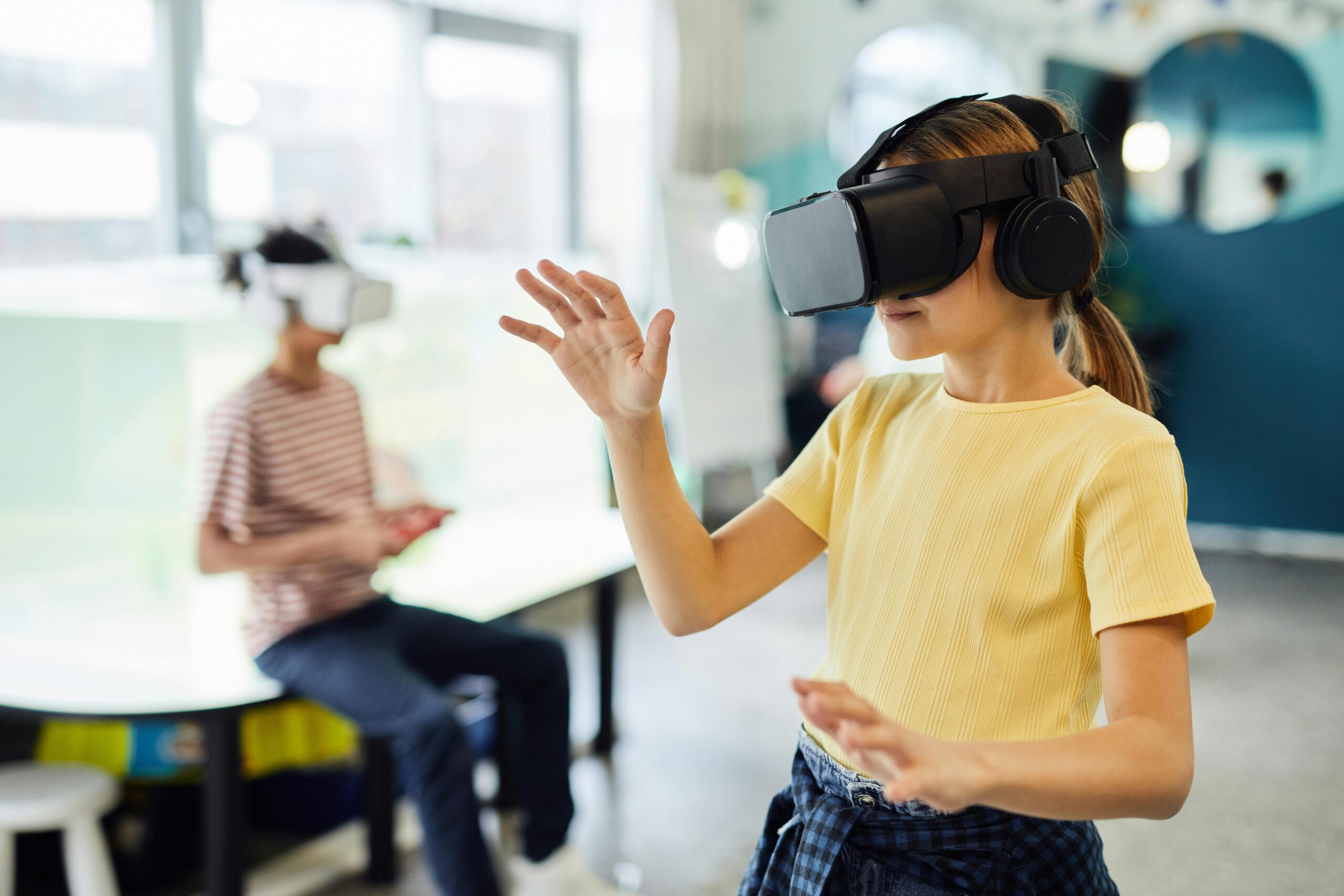Enhancing Your Game Experience: Comprehensive Guide to Spielerlebnis beim Gewinnspiel in 2025
In a rapidly evolving digital landscape, the importance of creating an immersive and engaging game experience cannot be overstated. The concept of spielerlebnis beim gewinnspiel encapsulates everything from thrilling competitions to interactive prize draws that keep players coming back for more. In 2025, the challenge for brands will be to enhance user satisfaction while optimizing their marketing strategies and engagement metrics. This guide will delve into the nuances of player engagement, game mechanics, and promotional games, offering insights into how brands can elevate the thrill of winning and foster a captivating experience for participants.
As we navigate through the core components of effective game design, you’ll discover the role of community engagement, promotional strategies, and the ever-important customer feedback loops. By understanding user expectations and leveraging the right marketing methods, brands can create not only a memorable game experience but also encourage user-generated content and social sharing that amplify event participation.
Get ready to explore how to enhance your 2025 game experience with our detailed roadmap that covers essential aspects such as gameplay, prize distribution, and even emotional engagement through storytelling. Let’s unlock the secrets to increased participation and player retention through innovative game reward systems and competition strategies.
Essential Strategies to Boost Player Engagement in 2025
Building on the fundamentals of player experience, it’s crucial to recognize that effective engagement directly influences user satisfaction and participation rates. By focusing on actionable strategies, brands can create a more enticing environment for players, ultimately enhancing the overall game experience.
Understanding Game Mechanics for Better Engagement
One of the pivotal aspects of any competition is its game mechanics. Clear and engaging game mechanics not only provide rules and objectives but also immerse players in the experience. Factors such as interaction, user engagement metrics, and game outcomes significantly dictate how players interact with the game. Successful games often utilize features like tiers of rewards, instant wins, and participation incentives to maintain excitement and motivation.
Moreover, integrating mechanics that promote social sharing can amplify participation rates and foster community building—key elements in enhancing the thrill of winning. Brands should also use feedback loops to assess player satisfaction and tailor future games accordingly, ultimately increasing their conversion rates and participant demographics.
Crafting an Immersive Game Experience
Immersion is a key factor in creating a fulfilling gaming environment. This can be achieved through graphic design, sound effects, and storytelling that resonates with the target audience. Utilizing advanced game promotion techniques and inserting interactive elements will not only capture attention but also enhance emotional engagement—turning casual players into loyal brand advocates.
Moreover, brands should implement personalization tactics that resonate with players’ interests, preferences, and behaviors. By mapping out the customer journey and utilizing sentiment analysis, brands can create custom experiences that keep users coming back for more. Failure to engage in this level of customization can lead to disengagement and lost opportunities.
Leveraging Technology for Enhanced Gameplay
With the rise of predictive analytics and machine learning applications, brands can now gather valuable insights that influence game design and user experience. By employing these tools, companies can track player engagement metrics in real-time, helping them to make data-driven decisions about future competitions and reward systems.
Furthermore, implementing automated response systems can enhance player communication, making it easier for participants to interact and receive updates regarding the game. This technological integration is not only beneficial for users but also provides brands with greater insights into user intent and behavior analysis.
Promotional Events that Drive Participation and Retention
With these fundamentals established, the next step involves exploring how promotional events can boost player participation and retention rates. Promotional games offer unique opportunities for brands to engage audiences while amplifying brand awareness and driving customer loyalty.
Designing Effective Promotional Strategies
Well-executed promotional strategies take into account the interests and motivations of potential participants. These strategies may include referral programs or cross-promotion with complementary brands that enhance audience reach and engagement. Implementing excitement generation tactics, such as limited-time offers or surprise prize draws, can significantly boost user acquisition rates and keep the audience engaged.
Moreover, audience targeting through personalized marketing messages ensures that brands are reaching the right people with their promotional content. Those campaigns should be carefully designed to highlight winning strategies and reinforce brand interaction, which has shown to increase customer retention and replicate successful campaigns.
Community Engagement and User-Generated Content
Community building is crucial in creating loyalty programs that keep players engaged over time. Encouraging users to share their experiences can lead to valuable user-generated content that enhances brand visibility and credibility. When players feel that they are part of a community, their motivation to participate in future competitions typically increases.
Brands can facilitate this by integrating social media engagement into promotional events, creating opportunities for players to share victories and interact with each other. Highlighting winners through testimonials or shout-outs can foster a sense of accomplishment and motivation, creating a cycle of community engagement and contest participation.
Best Practices for Contest Rules and Prize Distribution
Crafting clear contest rules is essential to maintain transparency and trust in the gaming experience. A well-structured guideline lays out what is expected of players, which in turn can improve user satisfaction and participation incentives. Additionally, clear prize distribution methods are crucial to enhance the thrill of winning.
Establishing Transparent Contest Rules
Clear and concise contest rules are necessary to avoid confusion and potential disputes. Transparency in terms of eligibility criteria, participation steps, and prize distribution ensures that players understand their chances of winning right from the start. Brands should also consider including easily digestible FAQs related to common issues that may arise during the contest.
Incorporating audience segmentation strategies to cater to different player groups can also improve user experience. By understanding the demographics and preferences of participants, brands can tailor their contest rules to maximize engagement and satisfaction.
Innovative Prize Distribution Methods
When it comes to prize distribution, brands should explore diverse methods to keep participants excited. Instant wins, tiered prizes, and surprise bonuses can enhance the overall reward model. Offering multiple chances to win within a single contest encourages gamers to stay engaged and increase their likelihood of participation in future events.

Creating Memorable User Experiences through Feedback and Adaptation
Taking this concept further, user feedback is paramount for improving game experiences. Brands that actively solicit and incorporate participant suggestions demonstrate a commitment to user satisfaction, which can lead to enhanced loyalty and long-term engagement.
Implementing Feedback Loops
Feedback loops allow brands to gather invaluable insights into the user experience and identify areas for improvement. Regular surveys and user engagement metrics should be analyzed to determine which elements resonate most with participants.
Additionally, brands can utilize sentiment analysis tools to gauge overall feelings about competitions, identifying success indicators and areas needing refinement. For instance, if participants express dissatisfaction with specific game mechanics, brands can pivot and adjust their strategies to enhance those aspects for future competitions.
Building a Culture of Continuous Improvement
A successful game experience is never stagnant; it requires __________ gradual refinement based on user feedback. By establishing a culture that values participant input and delivers on promises, brands can build strong user relationships that translate into higher retention rates and increased engagement.
Conclusion: Unlocking the Future of Spielerlebnis beim Gewinnspiel
In summary, enhancing your game experience in 2025 demands a multi-faceted approach that spans from game mechanics to promotional strategies and community engagement. By focusing on immersion, player feedback, and transparent contest rules, brands can create a winning formula that elevates user satisfaction and gameplay.
As we look forward to the next evolution of promotions and contests, it’s crucial to stay attuned to the pulse of the audience—to understand their motivations, preferences, and gaming habits. Ultimately, embracing continuous improvement will allow businesses to navigate the complexities of user engagement and leave a lasting impression in the competitive landscape of game experiences.
For further reading on effective marketing techniques and event participation strategies, check out this article and explore additional tips and insights.
